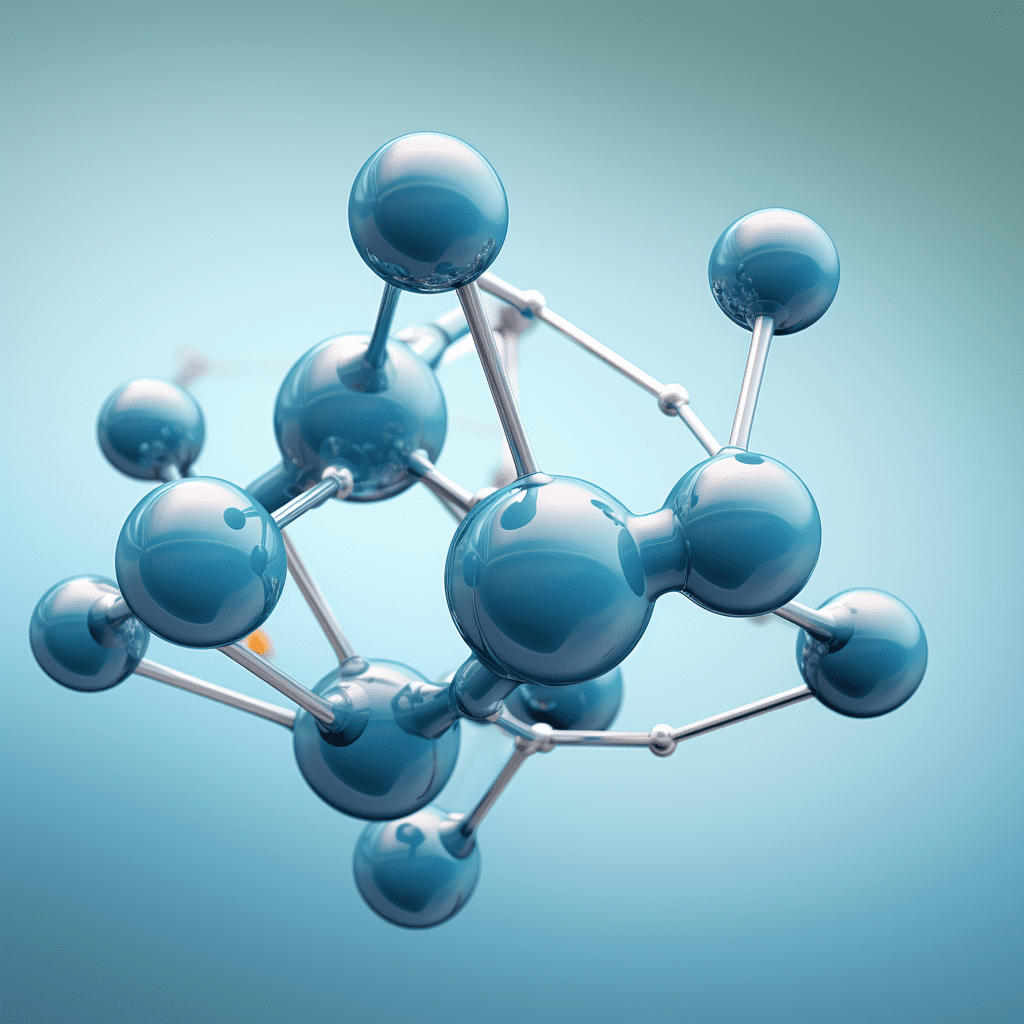Tesla, an electric car manufacturer headed by Elon Musk, has become a household name in the EV (electric vehicle) industry. While much is known about the cars’ sleek designs and impressive speeds, at the heart of every Tesla lies its power source – the battery. In this comprehensive guide, we’ll delve into the types of batteries Tesla uses, common problems users might encounter, and the associated charging costs.

#post_seo_title
1. Tesla Battery Options
Battery Chemistry: Tesla primarily uses lithium-ion batteries, specifically those with a nickel cobalt aluminum oxide (NCA) chemistry. This blend offers a good balance of energy density and longevity.
Battery Packs: Tesla offers different battery packs across its model range. They range from a Standard Range, which provides lower mileage, to Long Range and Performance packs that offer greater mileage and enhanced vehicle performance.
2. Common Tesla Battery Problems
Degradation Over Time: Like all lithium-ion batteries, Tesla batteries lose capacity over time. While the degradation rate is relatively slow, over several years and thousands of miles, a decrease in total range is expected.
Reduced Range in Cold Weather: Cold weather affects all batteries, and Tesla’s are no exception. In frigid conditions, users may notice a temporary reduction in total range. Preconditioning the battery, a feature available in Tesla cars, can help mitigate this.
“Vampire” Drain: Some users have reported a slow loss of battery charge even when the car is parked. While this is often attributed to onboard systems remaining active, Tesla has worked on software updates to minimize this drain.
Charging Problems: Occasionally, some users have experienced issues with Superchargers or home chargers not delivering a charge. This could be due to multiple factors, from software glitches to hardware issues with the charging unit.
3. Charging Costs
Supercharging: Tesla’s Supercharger network offers rapid charging, allowing users to get up to 80% charge in about 30 minutes. Costs can vary based on location, but they tend to be competitive with or cheaper than gasoline. Tesla’s website offers a cost calculator based on local electricity rates.
Home Charging: Charging at home using a Tesla Wall Connector or other compatible unit is often cheaper than Supercharging, primarily because residential electricity rates are typically lower than commercial rates. The cost depends on local electricity prices and the specific Tesla model.
Free Supercharging: Earlier Tesla models came with free lifetime Supercharging. However, this perk has been phased out for most new purchases, though Tesla occasionally revives it as a promotional offer.
4. Tips for Maximizing Tesla Battery Life
Avoid Full Charges: Regularly charging to 100% can speed up battery degradation. It’s recommended to charge up to 80-90% for daily use and only go to 100% for long trips.
Mind the Lower End: Similarly, regularly depleting the battery to very low levels can affect its lifespan. Aim to recharge before it drops below 10%.
Use Scheduled Charging: Tesla vehicles offer a feature to schedule charging during off-peak hours, saving on electricity costs.
Limit Fast Charging: While Supercharging is convenient, using it too frequently can lead to faster battery degradation. Balance its use with slower home charging.
5. Conclusion
Tesla batteries, like the cars they power, represent a blend of performance and innovation. While they are some of the best EV batteries on the market, understanding their nuances can help owners maximize their benefits and minimize problems. As the EV landscape continues to evolve, so too will the technologies and solutions surrounding battery care, performance, and costs.


